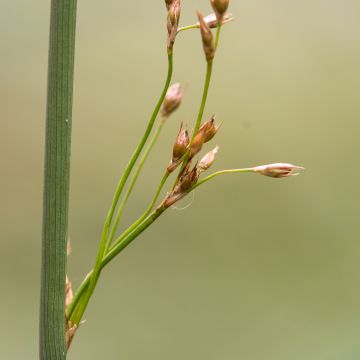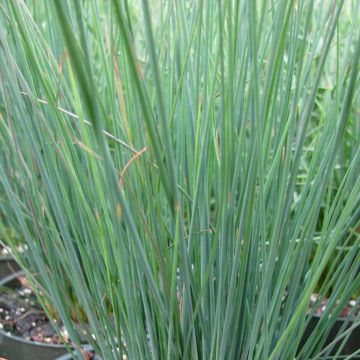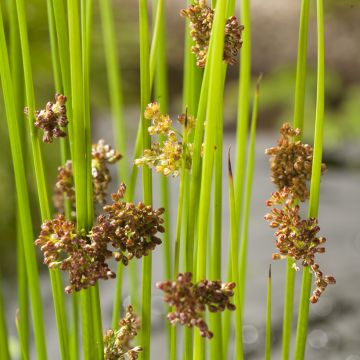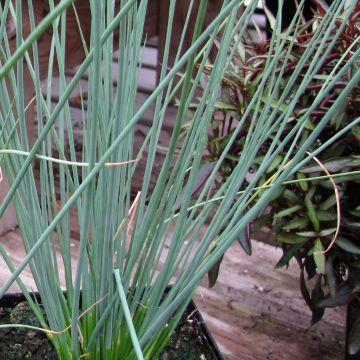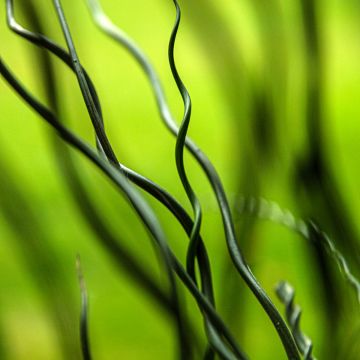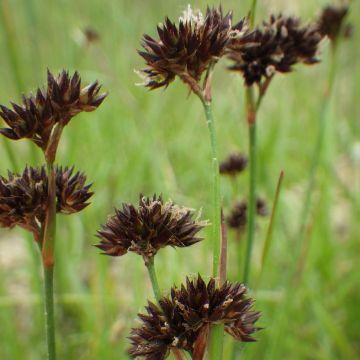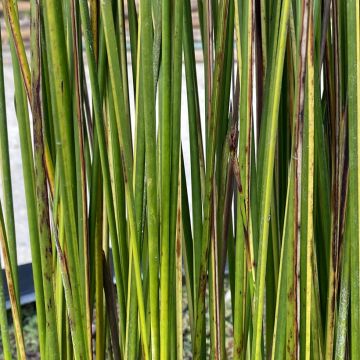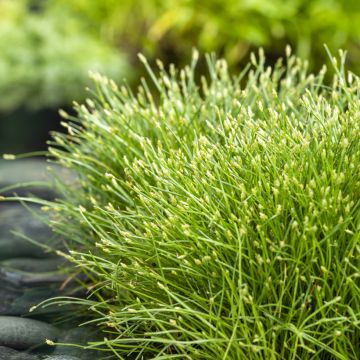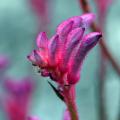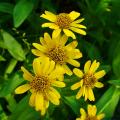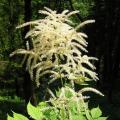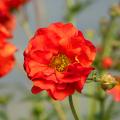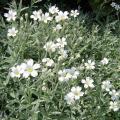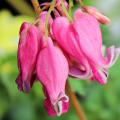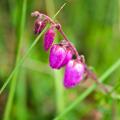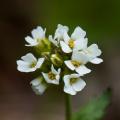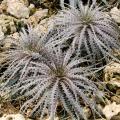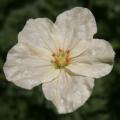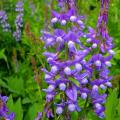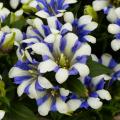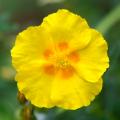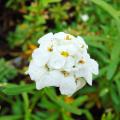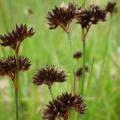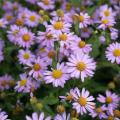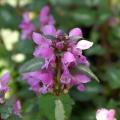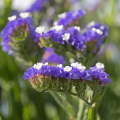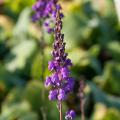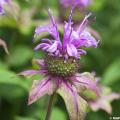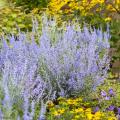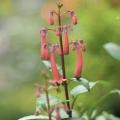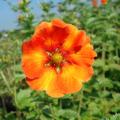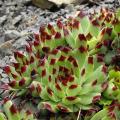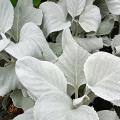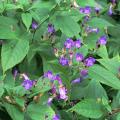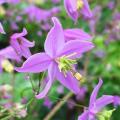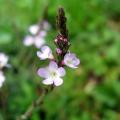Juncus
Does this plant fit my garden? Set up your Plantfit profile →
Available in 2 sizes
Available in 1 sizes
Available in 1 sizes
Available in 1 sizes
Available in 2 sizes
Available in 2 sizes
Available in 1 sizes
Available in 1 sizes
Reeds, in Latin Juncus, are perennial herbaceous plants of the family Juncaceae, which appreciate aquatic or wet environments such as the edge of ditches. They form evergreen clumps of fan-shaped stems, often lacking leaves. In the case of Juncus effusus, the common reed, and particularly in the variety 'Spiralis', the stems are curiously spiralled, erect or prostrate, and particularly unique and decorative. The flowers, in summer, are composed of reddish-brown spikelets. Depending on the species, the plant will spread thanks to its rootstocks: this characteristic is appreciated for fixing banks, but also in water treatment, to filter the water in basins. The reed is also useful for purifying stagnant water in marshy gardens. To prevent it from becoming too invasive, it can be planted in submerged containers, in a pond, but also ornamentally, on a contemporary-style patio.
The reed, in all its forms, is an essential plant at the edge of water where it brings verticality to aquatic scenes. Discover our selection of reeds, as well as other plants that will accompany it around a pond.
Haven't found what you were looking for?







































